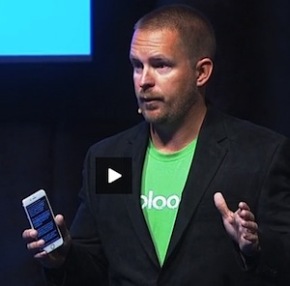
A New Robo-Advisor Eyes the 401(k) Space
"blooom is like a dietician who doesn’t just give you advice on how to eat. It’s like a dietician who actually drives to your store, does your grocery shopping for you and comes back to your house and cooks all your meals for you,” says blooom co-founder Chris Costello (above).


